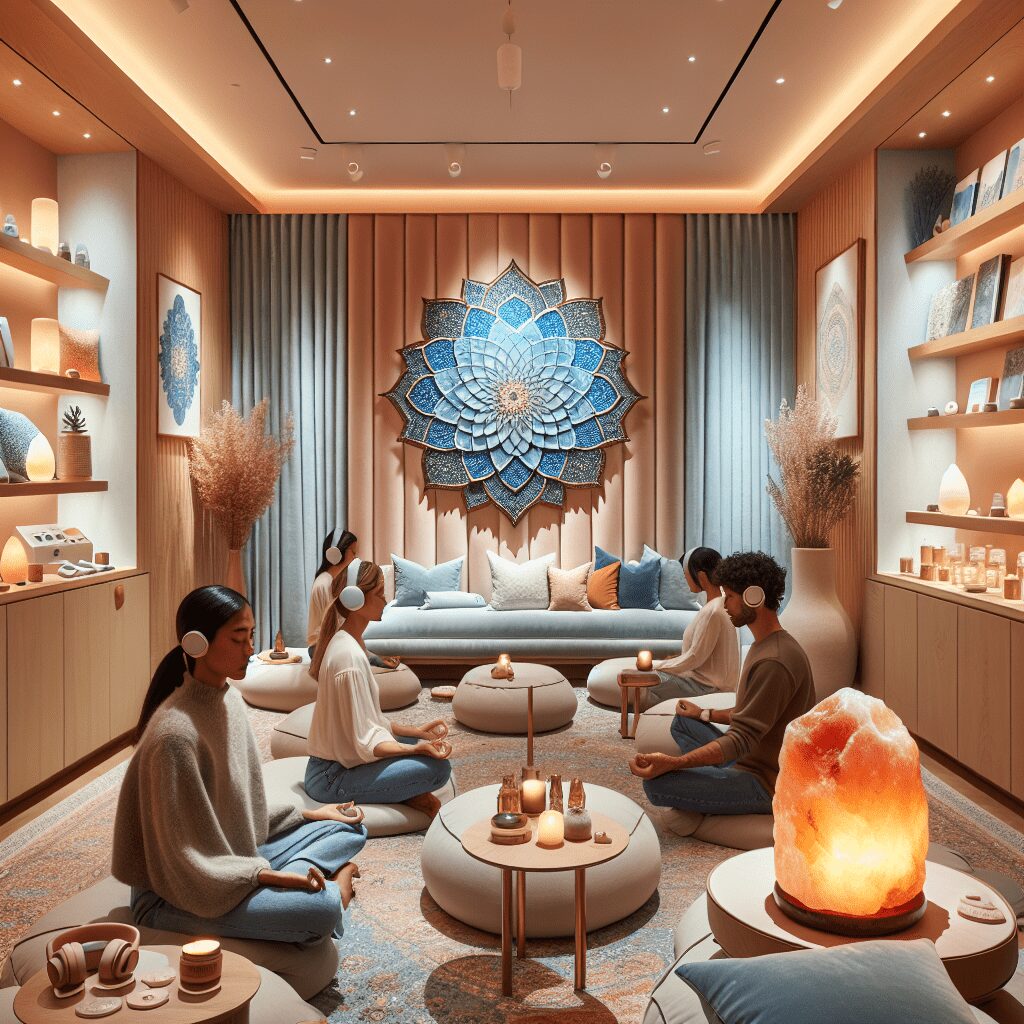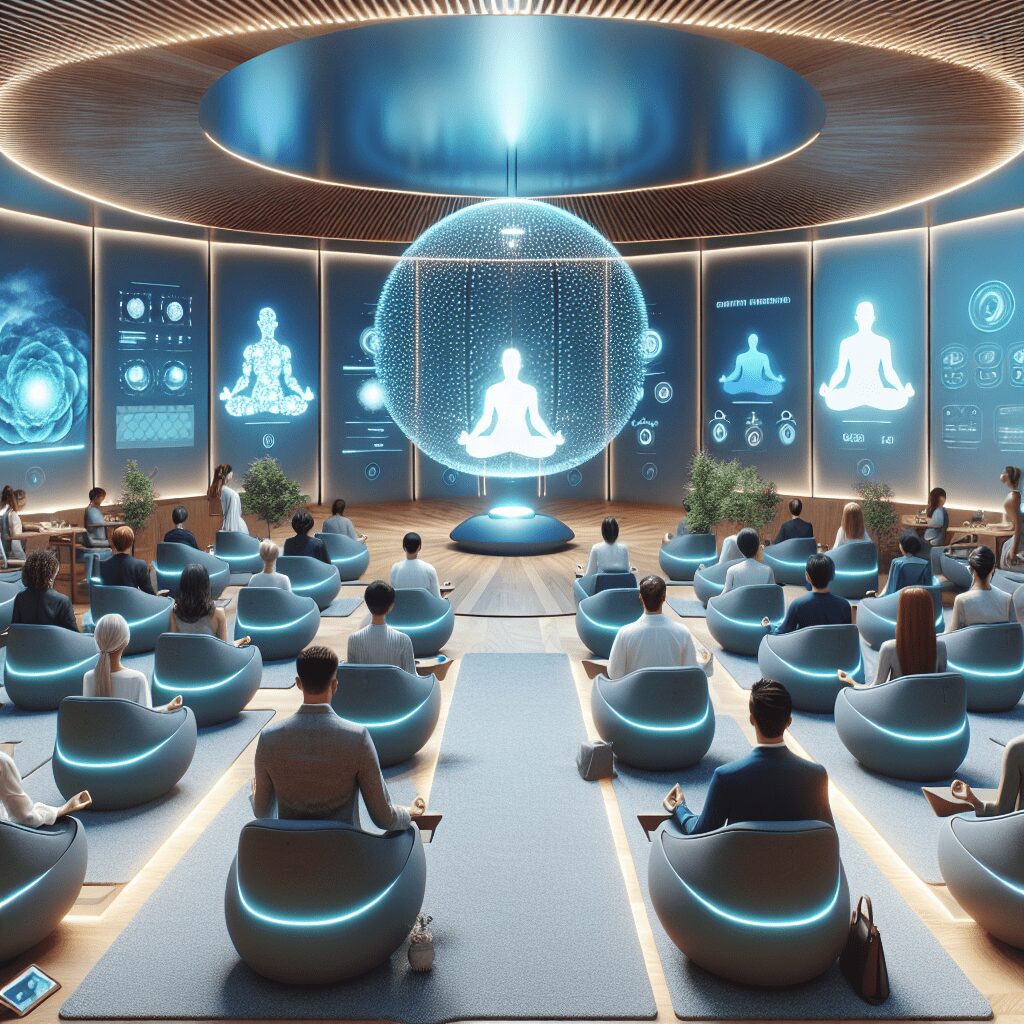
Prioritize your mental well-being daily. Enhance your life by nurturing your mental health with the Smart Meditation app. Break free from stress, alleviate anxiety, and enhance your sleep quality starting today.
How Does Technology Cause Depression And Anxiety?
The Digital Dilemma: Navigating the Nexus Between Technology, Depression, and Anxiety
In today’s hyper-connected world, technology has become an inextricable part of our daily lives. From the moment we wake up to the minute we lay our heads down, our days are peppered with digital interactions. While these advancements promise a world of convenience and connectedness, they also come with a dark underbelly. Alarmingly, a growing body of evidence suggests a link between technology and increased rates of depression and anxiety. But what’s driving this correlation? Let’s dive into the digital abyss to uncover the complex interplay between our screens and mental health.
The Paradox of Connectivity
At first glance, technology appears to be a beacon of connectivity, erasing geographical barriers and fostering relationships. However, beneath the surface, it’s often a breeding ground for feelings of isolation and inadequacy. Social media platforms, in particular, are notorious for portraying unrealistic standards of happiness and success, leading users to make detrimental comparisons with their own lives. It’s a classic case of “keeping up with the Joneses,” except the Joneses now have an Instagram account with thousands of followers and a seemingly perfect life.
The Insidious Nature of Screen Time
Let’s talk turkey about screen time. We’re all guilty of sinking into the screen, be it for work or leisure, often at the expense of real-world interactions and experiences. This relentless tethering to our devices can wreak havoc on our mental health in a couple of ways:
-
Sleep Disruption: The blue light emitted by screens messes with our circadian rhythms, making the Sandman a scarce visitor and leading to sleep deprivation – a well-known aggravator of depression and anxiety.
-
Information Overload: With the internet at our fingertips, we’re drinking from a firehose of information 24/7. The brain isn’t wired to process this constant bombardment, leading to stress, fatigue, and eventually, mental health issues.
The Feedback Loop Phenomenon
Ironically, despite the potential for technology to fuel feelings of loneliness and inadequacy, it’s often our go-to solution for alleviating these very emotions. It’s a catch-22: we dive into the digital world to escape feelings of isolation, only to potentially exacerbate them. This vicious cycle creates a feedback loop that can be challenging to break without mindful intervention.
Breaking the Code: Strategies for Digital Wellbeing
Fear not, for all is not lost in the digital dystopia. Implementing strategies for healthy technology use can help mitigate its negative impacts on mental health. Here are a few tips to get you started:
-
Digital Detoxes: Periodically unplugging from technology can provide much-needed mental respite and a chance to reconnect with the offline world.
-
Mindful Media Consumption: Be selective about your digital consumption. Opt for content that uplifts and educates rather than drains and demoralizes.
-
Tech-Free Zones: Establish areas or times where technology is off-limits (e.g., the bedroom or during meals) to foster real-world connections and relaxation.
In a Nutshell
The relationship between technology, depression, and anxiety is a modern conundrum, intertwined with the fabric of our digital lives. While technology can undoubtedly serve as a force for good, its shadow side presents significant challenges to our mental wellbeing. By approaching our digital consumption with mindfulness and intentionality, we can navigate this complex landscape, striking a balance that promotes mental health in the age of the screen.





